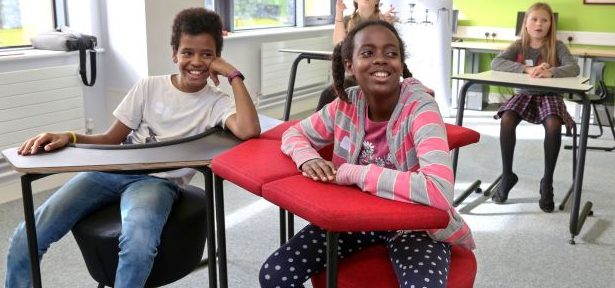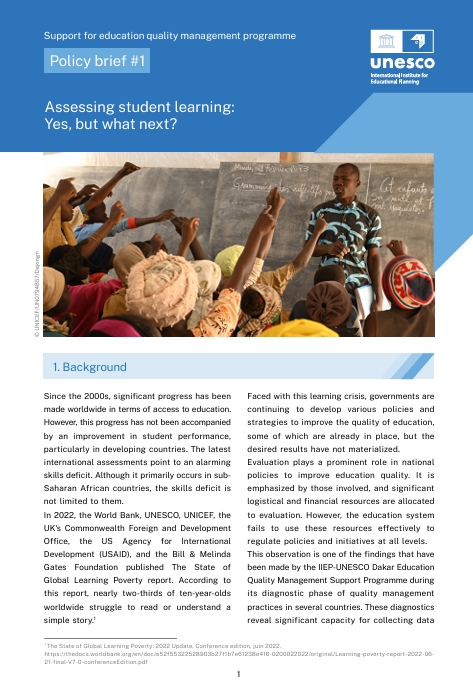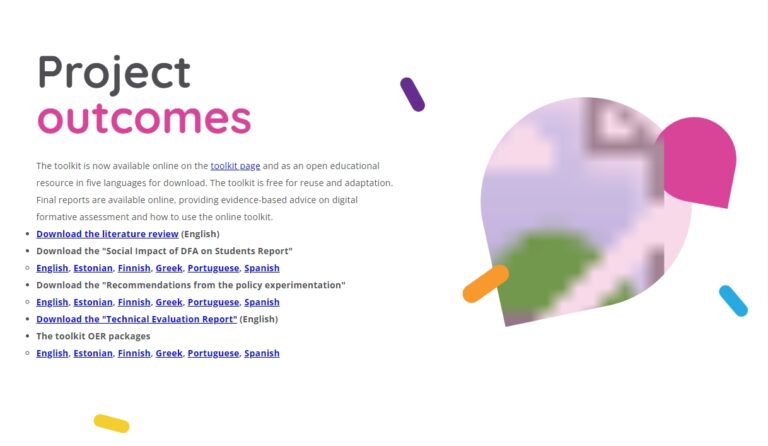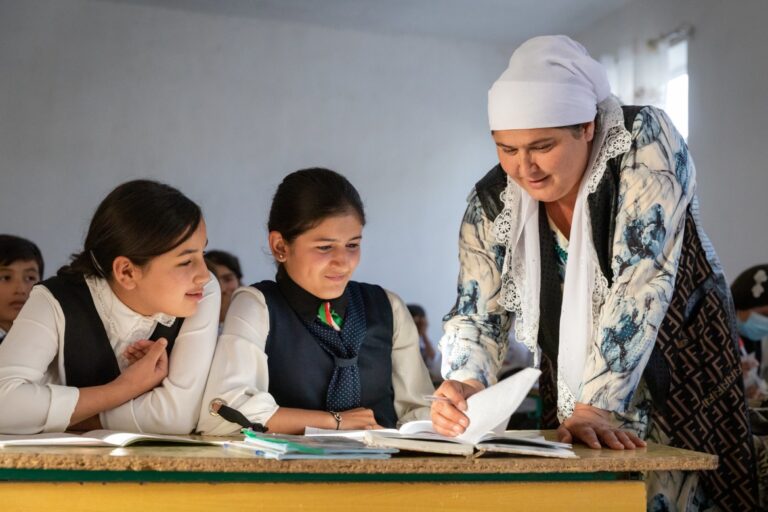Story Source: The Irish Times ~ Go to Original Article
Parents and students alike are often very vocal about the impact of individual teachers on children’s learning – for better or for worse.
But do we ever consider the impact of classroom design and, more specifically, school chairs and desks have on our children’s ability to learn and participate in class?
“Well-designed classrooms can boost learning progress in reading, writing and maths by up to 16 per cent in a single year,” says Prof Peter Barrett, emeritus professor of management in property and construction at Salford University……………….






